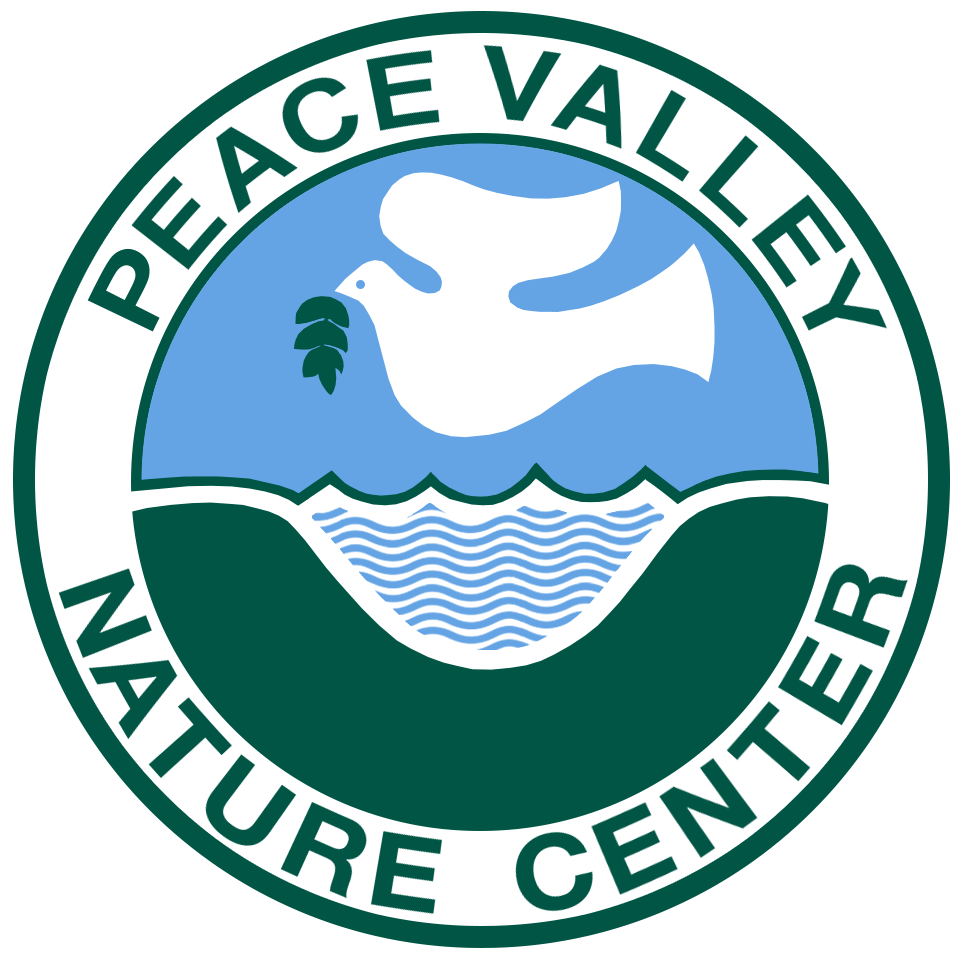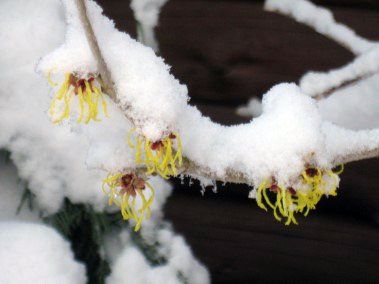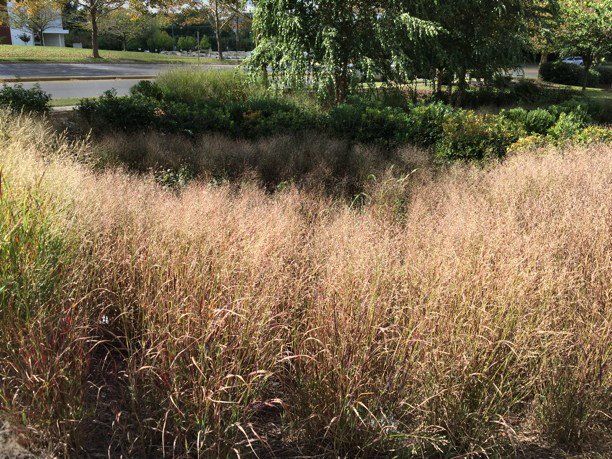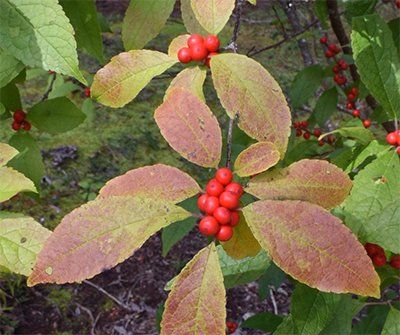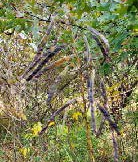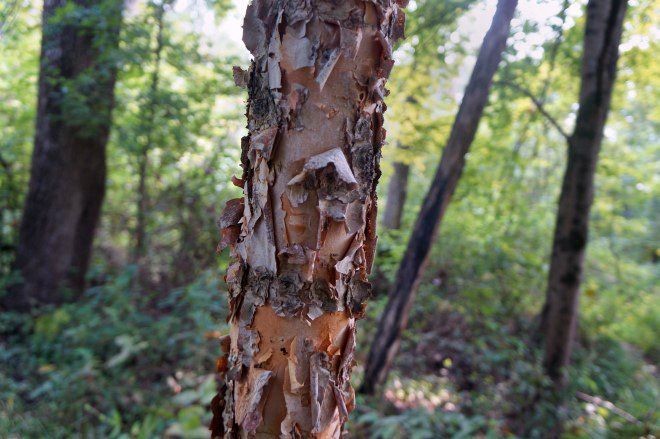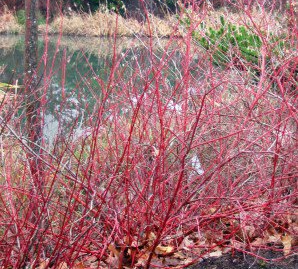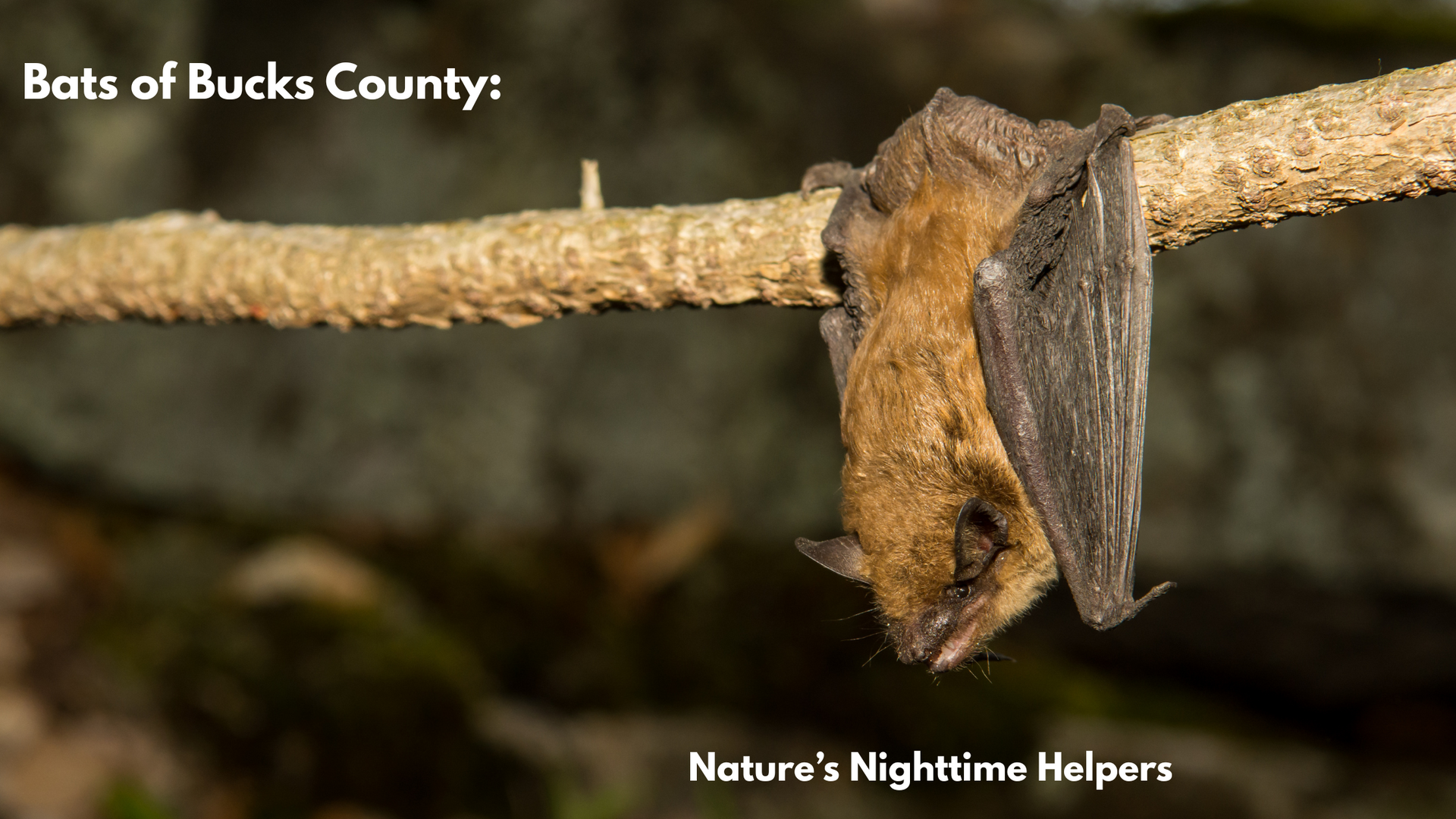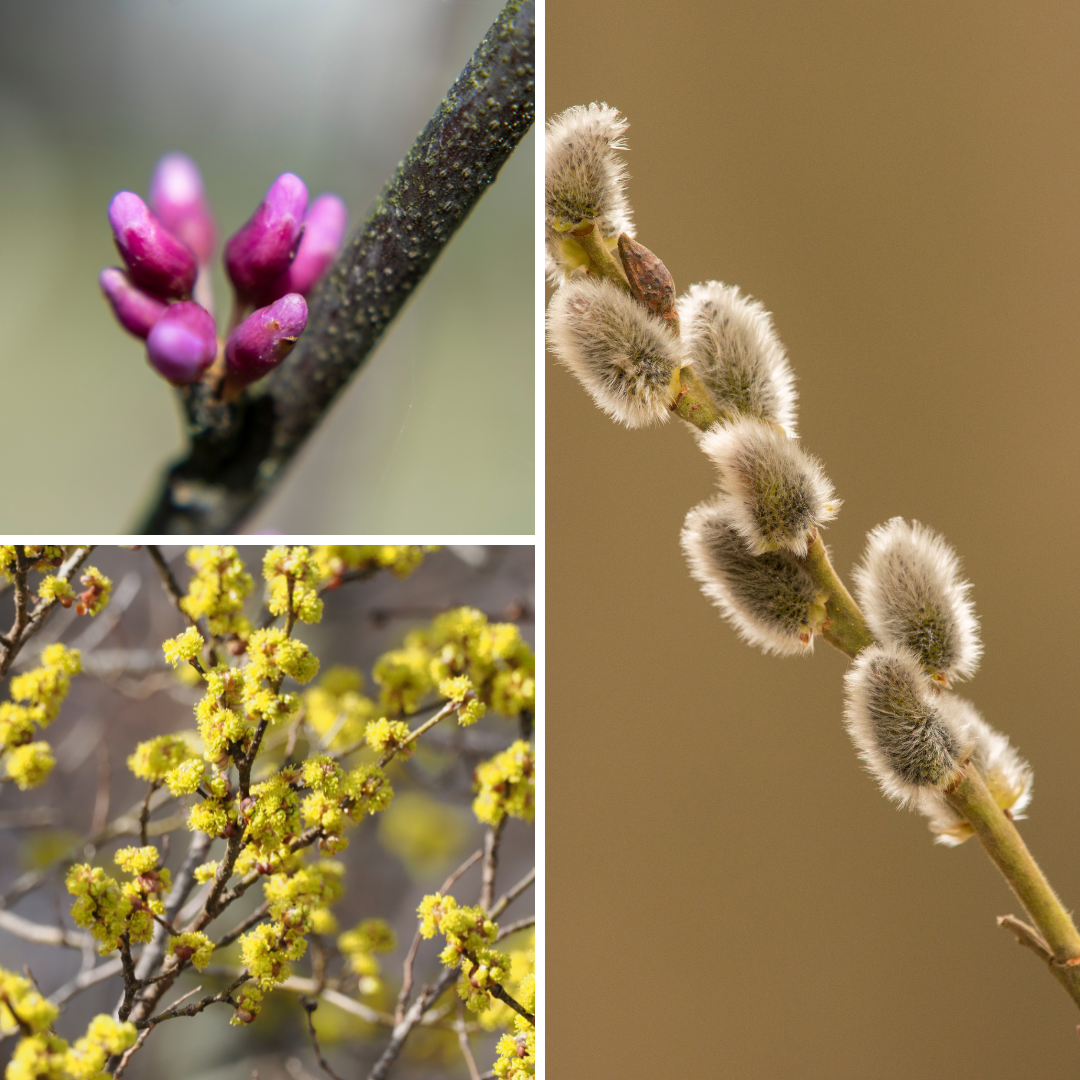Witch Hazel (Hamamelis virginiana) has unique yellow flowers that blooms as early as October and as late as December. The curly ribbon shaped flowers are a nectar source for migrating insects. The seed pods take a full year to mature. When ripe they explode sending the seeds up to 30 feet. You can hear them explode if you are fortunate to be nearby.
Brighten Your Winter Garden Scape
As you are sitting cozily in your warm home thinking about spring and those soon to be delivered seed catalogs, take a look outside at your garden or landscape. Hmmmm… let’s consider what would be great for critters as well as your winter viewing pleasure. Leaving the spent flowers and stalks up for the winter provides shelter for many species of insects and spiders, but perhaps they are not all that interesting to look at. What if you added some winter interest to your garden with some of the following natives?
There are many other plants worthy of your winter garden scape. Plan for next winter - don’t forget many of these native plants and more will be available at our Spring Plant Sale, May 1-31, 2021. Limited supplies are available so shop early!
